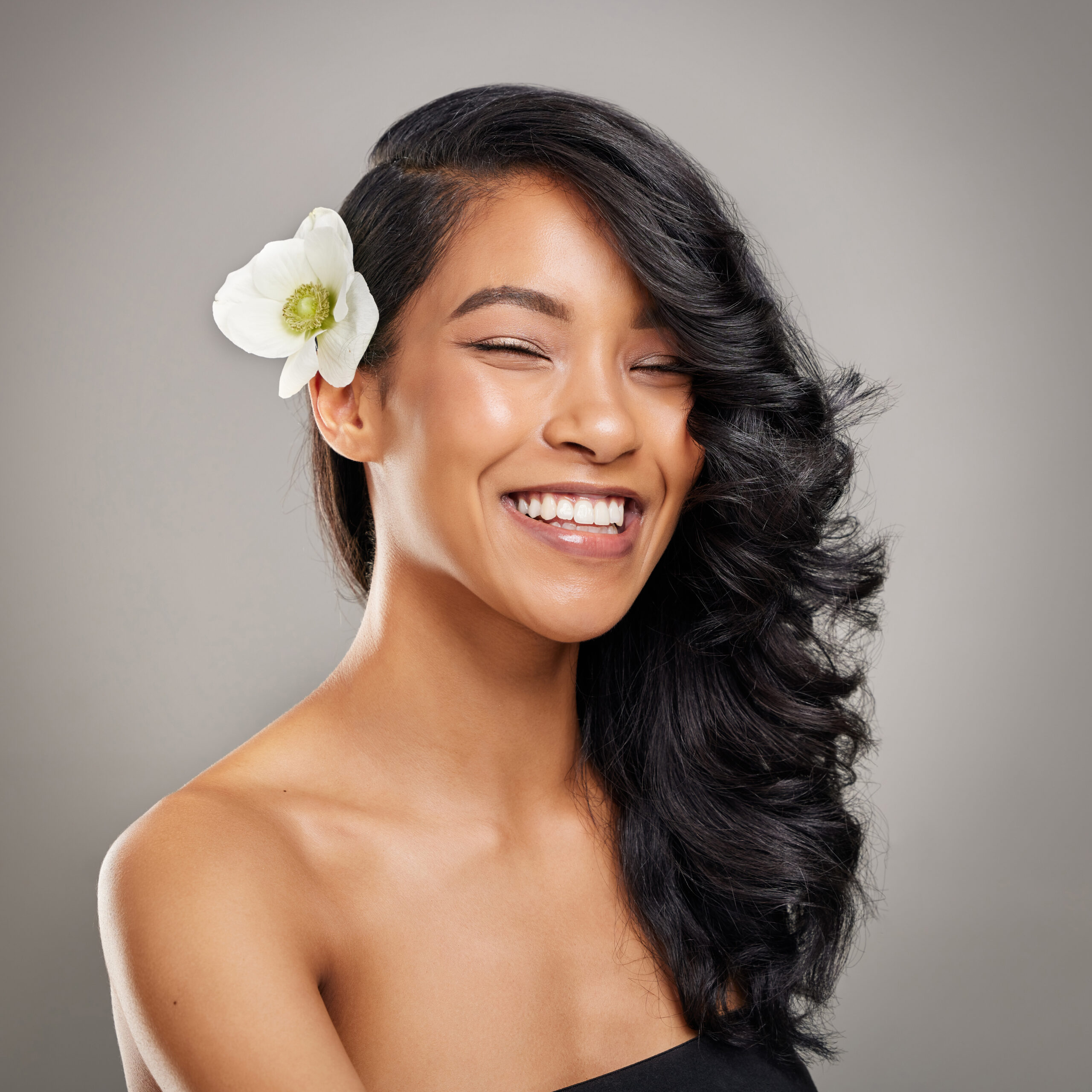
Hair, much like the rest of your body, craves moisture and nourishment. So give it what it’s asking for with Amika hair masks. In an environment that has harsh chemicals in its water and dryness in the air– you need to give your hair its best chance to thrive, and it will return the favor by always making you look good! Let’s discuss how to use hair masks wisely to make sure your strands get all of their reparative properties.
Understanding Your Hair Mask
It is important to remember that hair masks are more than just a pampering product — they are a necessary product to help keep hair healthy and glossy. With a power superior to that of the conditioner, hair masks penetrate deeper into the hair shaft, hydrating and nourishing it in a much more potent way. The Amika hair masks are a perfect example of this type of product, thanks to their powerful formulas. They bring multiple properties that are adapted to each hair type — from hydration to repair. Whether your hair is curly, straight, or wavy, adding a mask to your beauty cabinet will change the game.
Applying Your Hair Mask Correctly
To unlock the full potential of a hair mask, start by shampooing your hair with a gentle formula. Doing this ensures the scalp is free of any product, dirt, or grime that may lessen the efficacy of your chosen mask. Pat hair so that it’s not sopping wet anymore because dampness helps absorption.
Take a generous amount of the formula and saturate strands, focusing on the ends. Since ends are the driest, they desperately need the added bump of moisture. A wide-tooth comb will help distribute the mask and prevent any buildup.
Timing Is Everything
One of the most repeated missteps is to leave the mask on for less time than recommended. Simply follow the instructions on the bottle, though 5-10 minutes is a normal reference point. For particularly parched or damaged hair, a longer waiting time would be beneficial. For the formula to work as efficiently as possible, we propose wrapping all of your hair in a warm towel — this will increase the effects of the mask. There are other alternatives, like using a heat cap. Heat opens the cuticles of your hair, favoring the penetration of the components in our hair masks. To prevent the mask from drying out and affecting the walls or carpets, wear a shower cap. This way, the effects of heat will also be accentuated.
Rinsing and Aftercare
Once the time is up, rinse your hair completely with lukewarm water. Use warm (but not hot) water to allow the mask’s moisturizing agents to penetrate the hair shaft. Don’t use cold water; it’s not effective in removing the product. Make sure no residue remains to prevent flaking. Continue with a light conditioner on the ends if necessary. If your hair is extremely dry or damaged, you can add a light leave-in conditioner or hair serum to add extra moisture before drying.
Enhancing Your Hair Mask Routine
Be consistent with the application and use of your mask. Use weekly as a part of your regular hair care routine. Depending on your hair type and condition, different hair masks might be used. There are masks to target different needs — such as addressing frizz, dryness, and color-treated hair. Pick the mask to suit your hair needs and rotate between masks. It could be useful to track how each mask affects your hair for the best possible results.
Additional Tips for Better Results
- Pre-Treatment: Using a pre-shampoo mask or oil treatment can make your mask more effective. Apply a small amount of oil to your hair before washing for extra protection and more moisture before adding your mask to your hair.
- Scalp Care: Don’t forget about your scalp— it’s the foundation of a head full of healthy hair. Keep your scalp in tip-top shape with a scalp scrub. A scalp scrub promotes circulation and prepares the scalp for the mask. After using the mask, the scalp should feel revitalized and help promote growth. Gently exfoliating the scalp will help rid dead skin cells and build-up from styling products so the mask can revive and rejuvenate the area for healthier hair.
- Protective Styles: If you are wearing the mask as a leave-in, try protective styling to prevent damage and breaking due to friction while moving or sleeping. Braided or bun styles can help keep hair in place and reduce tangling while the mask works into the hair.
Healthy Hair With Hair Masks
Hair masks are great for your hair, but they can’t just be slapped on, and you’ll automatically have the soft, flowing mane of a Disney princess. Knowing what it is, how it works, how long to leave it, and where it stands on the hair care scale can help you apply it, spread it right, and get the darn right best hair you can muster. Follow these directions, and your hair will be shinier, healthier, and stronger than ever, if you can even fathom that.

